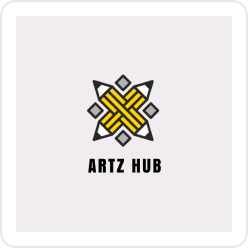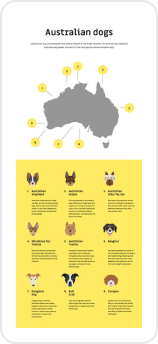Shemini Atzeret
History of Shemini Atzeret
Being one of the ancient Hebrew holidays, Shemini Atzeret is not anchored to a particular historical period nor geographical region. Over thousands of years of its history, the way to celebrate the holiday, as well as its messages, has evolved a little.
According to the historians’ information, in the ancient times in Jerusalem on the Eighth Day Festival, Hebrew women did a traditional dance parade. Ladies started from the synagogue and danced all the way down the streets to a gigantic Menora filled with oil. When lighted, this Menora had been sending its light to all the hills and hamlets around Jerusalem, making an unforgettable picture.
During the centuries of dwelling around the world without their own country, Jews celebrated Shemini Atzeret for two consecutive days. It was called to compensate for the misreading in the calendar that couldn’t be fixed until the priests could reopen The Temple in Jerusalem.
About a thousand years ago, the second day started taking on features of its own. Simchat Torah, as it is called today, became an international event that symbolizes the greeting of a new cycle. In all the synagogues across the world on that day, priests finish and immediately start over the reading of the Torah in what looks more like a happy dance party.
In Israel today, Shemini Atzeret and Simchat Torah fall on the same date and you only celebrate one day. However, in the diaspora, the two are still separated into two consecutive days to keep alive the appreciation of all the Jews who had ever lived in Exile.
Traditions of Shemini Atzeret
The legend of Shemini Atzeret is very beautiful and touching. The week of the Sukkot is the time when children, the Jews, are paying a visit to their father, God. At the end of the week, God still doesn’t want to let his beloved children go and he pleads for them to stay with him in the sukkah for just one more day.
Shemini Atzeret is a pause, an extra day. It is customary to stay in the sukkah, but no blessing is received. Unlike during the previous week, you only have to recite one common prayer – Yizkor, the service for the deceased.
Together with Simchat Torah, Shemini Atzeret concludes the period of High Holidays for the Jewish people. They’re Yom Tov, which means all labor these days is forbidden. Some activity like cooking is still allowed, though the menu on this day would be scarcer. The challah, for one, would be dipped in salt, and not in the honey as it was during the Sukkot.
Don’t get puzzled by images and photos from Simchat Torah social media posts where people dance around synagogues with what looks like funny wrapped gifts. This is a Torah dance. During the service, people will take turns to carry boxes with sacred Torah scrolls and recite prayers. This is a beloved activity, that has been carefully kept alive through even the harshest times.
Though meticulously regulated by millennium-old traditions, the High Holidays remain the occasion for every millennial household to have a fun celebration. Instagram and Pinterest are full of mind-blowing ideas for the unusually shaped challahs, cute kids crafts with Tora motifs and Shemini Atzeret recipes to die for.
Marketing Activities for Shemini Atzeret
Shemini Atzeret is a big religious holiday, a Yom Tov, which by definition means all labor is banned. All businesses in Israel that would be normally closed on Saturday, are closed, too. The buses and other public transport are not working that day – so make sure you do not plan any POS promotion or roadshows if you’re in this market.
As opposed to the deserted streets, the natural attractions – trekking parks, outdoor areas, Dead Sea park – are usually open for business during the Eighth Day Festival and most likely crowded. One way to leverage this consumer trend would be to harness the Wi-Fi marketing at the relevant contact points.
Another part of the buzz for the day moves to Instagram and other social media. The pause day drives to the spike in the shared ideas, “bubbe’s specials”, home decorations, Torah quotes, and family photos.
From the day of Shemini Atzeret and onwards, the traditional invitation for the rain is added to all prayers. A reminder for the marketers to roll out the winter deals and seasonal slogans! Why not give a winter makeover to your logo on social media this year, too?
Hashtags for Shemini Atzeret: #sheminiatzeret #hagsameach #jewishholidays #sukkot #Torah
Colors of Shemini Atzeret
Like the Sun and like the walls of the sukkah, yellow is joy and representation of God’s warm love for his children. Yellow green is the Autumn color of earth and rich crops. Deepskyblue is the color of the night sky above the sukkah, and storm sky that brings rains. Green stands for the leafy roof of the sukkah.
Symbols of Shemini Atzeret
Number 8 – Shemini Atzeret literally means “The Eighth Day of Solemnity”. Number eight has a deep meaning for it. In Judaism seven is the perfect number, as Sabbath is the seventh day of the week. Eight is one better than seven which means it’s, well, even better than perfect.
Torah scrolls – Became a very popular symbol in Shemini Atzeret designs, yet only in Israel, where The Eighth Day and Simchat Torah happen over the same date.










































